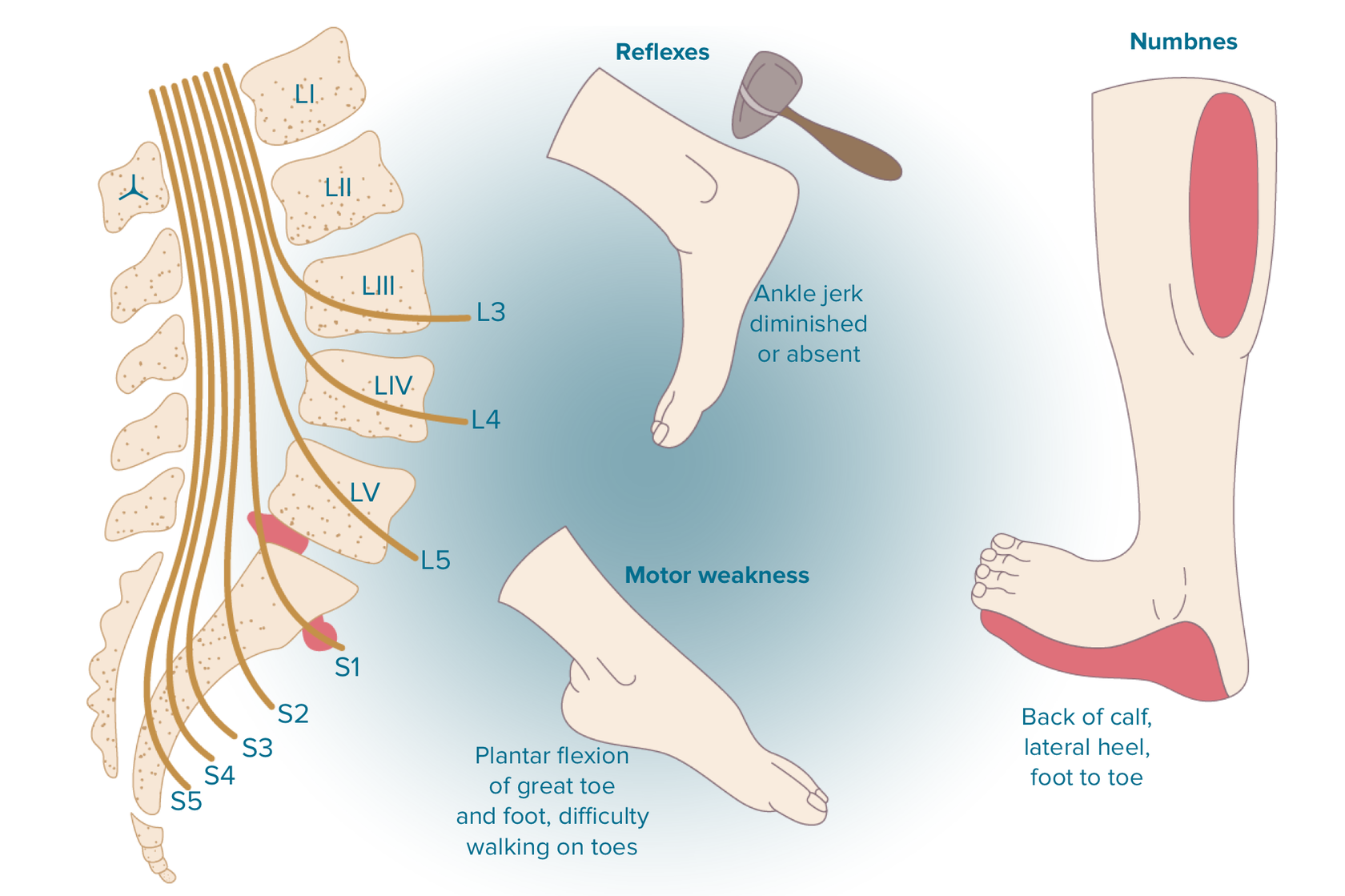Pain Management in the Digital Age: Applications and Resources
In the current rapidly evolving digital world, addressing pain has become more accessible than ever. As a result of the rise of technology, individuals dealing with various forms of pain can turn to cutting-edge apps, online resources, and telehealth services that address their specific needs. Pain management is no longer restricted to conventional methods; it has transitioned to incorporate a wide range of therapies and treatments that leverage the power of digital tools.
Understanding pain management is crucial for anyone experiencing with discomfort, regardless of whether it is acute or chronic. This comprehensive guide examines the diverse types of pain, the treatments available, and how expert pain management clinics can play a pivotal role in enhancing quality of life. From the science behind pain perception to holistic approaches that integrate diet and mindfulness, we will delve into a range of options that enable individuals on their journey to relief. If you are seeking information on physical therapy, chiropractic care, or alternative treatments like acupuncture and CBD, this article aims to provide valuable insights into managing pain in the modern age.
Comprehending Pain Management
Pain control encompasses a wide range of therapies and therapies aimed at reducing pain and improving the lifestyle for individuals experiencing sharp and persistent pain. It includes a holistic approach that can consist of drug therapies, rehabilitation, emotional assistance, and complementary therapies. By grasping what pain management entails, patients can gain a clearer view of the resources available to them and engage in productive approaches for comfort.
The various forms of pain, including sharp and persistent, demand specific management techniques. Intense pain often results from injury or procedures and tends to heal as the underlying issue heals. Chronic pain, on the other hand, can last for long durations or even years, frequently necessitating ongoing treatment and a combination of treatments to control successfully. Acknowledging these differences is crucial in selecting the appropriate pain management approach for each person, as the techniques that succeed for one type of pain may not be effective for the other.
Pain management clinics hold a significant role in enhancing the well-being of those troubled by pain. These specialized facilities offer all-encompassing services, including diagnoses, personalized treatment plans, and exposure to a selection of therapies. By collaborating with doctors, patients can learn about their pain, consider treatment options, and discover new ways to cope their condition, ultimately leading to a more tolerable and rewarding life even with their challenge.
Treatments and Therapies for Pain Relief
Therapies for pain management encompass a variety of methods, each tailored to address specific types of pain and root causes. Conventional techniques such as physiotherapy focus on strengthening muscles and improving mobility, while also employing techniques such as hands-on therapy and physical activity. Physiotherapists design personalized programs that can significantly reduce chronic pain and improve the general quality of life. Additionally, integrative therapies like chiropractic care and massage therapy have gained popularity for their effectiveness in relieving muscular tension and improving spinal alignment.
Additional methods include acupuncture, which involves placing thin needles at specific points on the body to stimulate the nervous system and promote natural healing. This ancient practice has been shown to alleviate pain for issues such as migraines and chronic back pain. Furthermore, the use of TENS (Transcutaneous Electrical Nerve Stimulation) therapy offers a minimally invasive method for pain control by delivering electrical impulses to interfere with pain signals sent to the brain. These treatments highlight the diverse landscape of pain relief strategies available today.
In recent years, advancements in medical treatments have led to novel options like regenerative medicine and interventional pain management. Techniques such as radiofrequency ablation and nerve blocks provide targeted pain relief by disrupting nerve signals or diminishing inflammation. Additionally, the integration of habit alterations, including dietary adjustments and mindfulness practices, plays a key role in managing pain holistically. Collectively, these therapies and treatments offer individuals a comprehensive toolkit for effectively addressing their unique pain challenges.
Different Methods and Lifestyle Changes
In addition to conventional pain management treatments, exploring different approaches can help greatly to pain alleviation and overall well-being. Awareness and mindful practices have gained recognition for their ability to reduce tension and worry, which are frequently intertwined with chronic pain conditions. By fostering a deeper link between the mind and body, these practices enable people to create coping mechanisms that can change their view of pain and enhance their standard of life.
Nutrition and dietary choices also play a crucial role in pain management. An inflammation-reducing diet, rich in produce, vegetables, grains, and omega-3 fatty acids, can assist reduce inflammation that plays a role to certain types of pain. Incorporating foods such as oily fish, seeds, and dark leafy vegetables, along with maintaining hydrated, can support the body’s innate defenses and potentially lessen pain feelings. Moreover, being mindful of catalysts, such as processed foods or excessive sugar, can further aid in managing pain intensity.
Physical activity is another essential component of pain management. While it may seem counterintuitive to engage in exercise when in pain, consistent, gentle movements can build muscles, improve mobility, and produce endorphins—biological pain relievers. Activities such as yoga, swimming, and walking can be tailored to individual capabilities, allowing for a safe and effective way to fight pain. Adopting https://painmdhouston.com/ that merges exercise with relaxation techniques offers a comprehensive approach that can lead to lasting relief from pain.
